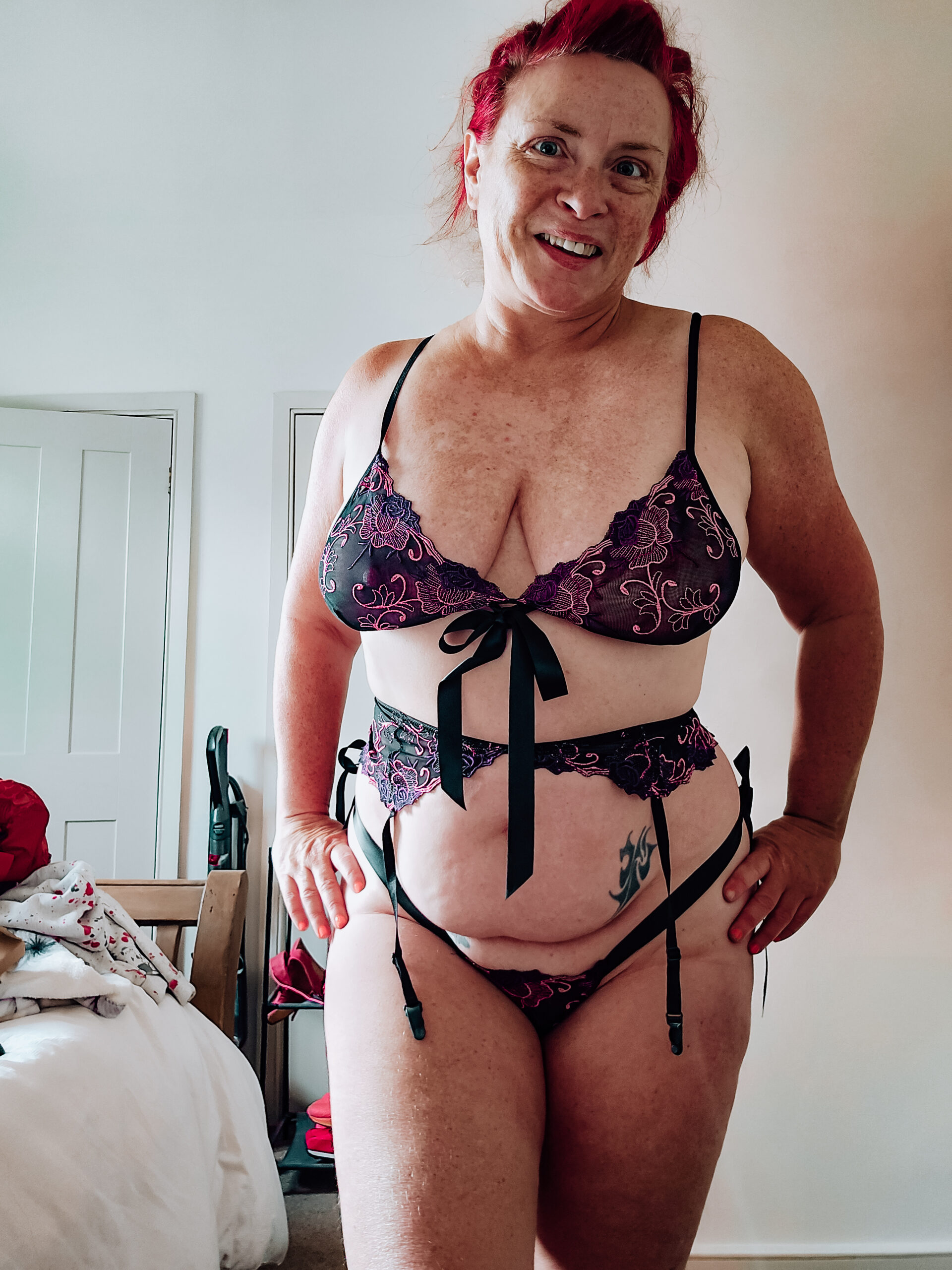The Struggle for Recognition and Understanding
Navigating the world as a pansexual individual in a society deeply entrenched in binary understandings of sexuality can be a complex and isolating experience. Pansexuality, with its embrace of attraction beyond the confines of gender, challenges traditional norms and expectations, leading to misunderstandings, prejudice, and a persistent struggle for recognition and acceptance.
Limited Cultural Representation
The limited cultural representation of pansexuality in English language media perpetuates the very binary thinking that makes it difficult for individuals to understand and accept this form of sexual identity. The lack of diverse narratives and role models contributes to a climate where pansexuality remains largely invisible and misunderstood, further marginalizing those who identify with this identity.
This absence of representation not only impacts the lived experiences of pansexual individuals but also hinders broader societal understanding. When certain identities are consistently excluded from mainstream discourse, it reinforces stereotypes and prejudices, creating a culture where difference is seen as threatening or abnormal.
Misconceptions and Stereotypes
The struggle for recognition and understanding intensifies when coupled with the pervasive nature of binary thinking in English language cultures. Concepts like “male” and “female,” often used to define sexual orientation, create rigid categories that fail to encompass the fluidity and diversity of human experience. This binary framework can lead to misconceptions about pansexuality, portraying it as a phase or a confused state rather than a valid and enduring identity.
Stereotypes further complicate the situation, often depicting pansexual individuals in exaggerated or caricatured ways. These harmful representations contribute to a climate of fear and prejudice, making it challenging for pansexual individuals to be seen and heard as full human beings deserving of respect and understanding.
Overcoming these obstacles requires a concerted effort to challenge binary thinking and promote greater inclusivity. This involves actively seeking out and amplifying pansexual voices in media and popular culture, educating oneself about the nuances of pansexuality, and engaging in open anal strecher and honest conversations that foster empathy and understanding.
Confusing Labels and Definitions
Navigating the world as a pansexual individual in a society deeply entrenched in binary understandings of sexuality can be a complex and isolating experience. Pansexuality, with its embrace of attraction beyond the confines of gender, challenges traditional norms and expectations, leading to misunderstandings, prejudice, and a persistent struggle for recognition and acceptance.
The limited cultural representation of pansexuality in English language media perpetuates the very binary thinking that makes it difficult for individuals to understand and accept this form of sexual identity. The lack of diverse narratives and role models contributes to a climate where pansexuality remains largely invisible and misunderstood, further marginalizing those who identify with this identity.
This absence of representation not only impacts the lived experiences of pansexual individuals but also hinders broader societal understanding. When certain identities are consistently excluded from mainstream discourse, it reinforces stereotypes and prejudices, creating a culture where difference is seen as threatening or abnormal.
The struggle for recognition and understanding intensifies when coupled with the pervasive nature of binary thinking in English language cultures. Concepts like “male” and “female,” often used to define sexual orientation, create rigid categories that fail to encompass the fluidity and diversity of human experience. This binary framework can lead to misconceptions about pansexuality, portraying it as a phase or a confused state rather than a valid and enduring identity.
Stereotypes further complicate the situation, often depicting pansexual individuals in exaggerated or caricatured ways. These harmful representations contribute to a climate of fear and prejudice, making it challenging for pansexual individuals to be seen and heard as full human beings deserving of respect and understanding.
Overcoming these obstacles requires a concerted effort to challenge binary thinking and promote greater inclusivity. This involves actively seeking out and amplifying pansexual voices in media and popular culture, educating oneself about the nuances of pansexuality, and engaging in open and honest conversations that foster empathy and understanding.

Navigating Binary Systems
Pansexuality, a term encompassing attraction to people regardless of gender identity, exists in direct tension with a world heavily reliant on binary understandings of sexuality. This clash creates a complex landscape for pansexual individuals navigating societal norms and expectations.
Language Barriers: Pronouns and Gender Terms
The very language we use can perpetuate binary thinking, making it difficult to fully understand and embrace identities that fall outside these rigid categories. English lacks comprehensive and widely understood terminology to express gender and sexual fluidity beyond the traditional male/female, heterosexual/homosexual framework.
Pronouns, often considered simple indicators of gender, can become loaded with societal expectations and assumptions. The binary pronouns “he” and “she” fail to adequately represent individuals who identify as non-binary or genderqueer, leading to misgendering and a sense of invisibility.
Similarly, the way we conceptualize and discuss gender identity and sexual orientation can reinforce binary structures. Words like “male,” “female,” “gay,” “straight,” and “lesbian” imply a clear division between these categories, neglecting the spectrum of experiences that exist beyond this limited framework.
This linguistic landscape creates a barrier for pansexual individuals who experience attraction across genders in ways that defy traditional binary definitions. It can be challenging to articulate their identities accurately and have them understood by others, leading to feelings of alienation and frustration.
Societal Expectations and Norms
Navigating the complexities of pansexuality requires challenging deeply ingrained binary thinking that pervades many aspects of society, including language, media, and social norms.
The widespread emphasis on gender binaries (male/female) often leads to a misunderstanding of pansexuality, which encompasses attraction to people regardless of gender identity. This can result in assumptions that pansexuality is simply bisexuality or a phase.
Moreover, the limited representation of pansexual individuals in English-language media further contributes to this lack of understanding. The absence of diverse narratives and role models perpetuates stereotypes and reinforces the notion that pansexuality is an anomaly rather than a valid and legitimate identity.
Overcoming these challenges necessitates a concerted effort to promote inclusivity and challenge binary thinking. This involves: actively seeking out and amplifying pansexual voices, educating ourselves about the nuances of pansexuality, using inclusive language, and engaging in open and honest conversations that foster empathy and understanding.
Pressure to Conform or “Choose a Side”
Navigating the world as a pansexual individual can be challenging in a society deeply entrenched in binary thinking. Pansexuality, the attraction to people regardless of gender identity, challenges traditional notions of sexuality that often categorize individuals into rigid male/female and heterosexual/homosexual binaries.
This binary framework can lead to misunderstandings about pansexuality, often portraying it as a phase or a confused state rather than a valid and enduring identity. Stereotypes further complicate the situation, often depicting pansexual individuals in exaggerated or caricatured ways, contributing to a climate of fear and prejudice.
The pressure to conform to these binary expectations can be intense, leading to feelings of isolation and alienation for pansexual individuals who do not fit neatly into predefined categories. Choosing “a side” often feels like the only option, forcing individuals to suppress their true identities or face discrimination and rejection.
Overcoming these obstacles requires a conscious effort to challenge binary thinking and promote greater inclusivity. This involves actively seeking out and amplifying pansexual voices in media and popular culture, educating ourselves about the nuances of pansexuality, and engaging in open and honest conversations that foster empathy and understanding.
Ultimately, creating a society where pansexual individuals feel accepted and celebrated requires dismantling the rigid structures that perpetuate binary thinking and embracing the full spectrum of human experience.
Internal Conflicts and Self-Discovery
Pansexuality, an identity defined by attraction to people regardless of gender, exists in direct tension with a world heavily reliant on binary understandings of sexuality. This clash creates a complex landscape for pansexual individuals navigating societal norms and expectations.
Finding Clarity Amidst Ambiguity
Internal conflicts can arise when one’s self-perceived identity clashes with societal expectations or ingrained beliefs. For pansexual individuals, this conflict is particularly pronounced due to the prevalence of binary thinking in many cultures.
The struggle to reconcile their authentic selves with a world that often fails to understand or accept pansexuality can lead to feelings of isolation, confusion, and self-doubt.
One source of internal conflict stems from the pressure to conform to societal norms. Growing up in a culture that predominantly defines sexuality within a male/female binary can make it challenging for pansexual individuals to recognize and accept their own experiences as valid.
The lack of positive representation of pansexuality in media and popular culture further exacerbates this internal struggle. Without seeing themselves reflected in the world around them, pansexual individuals may question the legitimacy of their identity or feel ashamed of their attractions.
This disconnect between internal experience and external validation can lead to a sense of ambiguity and uncertainty about one’s place in the world.
However, amidst this ambiguity, self-discovery is possible. It begins with introspection and a willingness to challenge societal norms. By acknowledging and accepting their pansexual identity, individuals can begin to dismantle the internal conflicts that stem from conforming to external expectations.
Seeking out supportive communities and connecting with other pansexual individuals can provide a sense of belonging and validation. Sharing experiences and hearing diverse perspectives can help alleviate feelings of isolation and foster self-acceptance.
The journey toward self-discovery is ongoing and may involve grappling with internal conflicts, societal pressures, and the complexities of defining one’s own identity. However, by embracing authenticity and challenging binary thinking, pansexual individuals can navigate this path with courage and ultimately find clarity amidst the ambiguity.
Reconciling Identity with Societal Pressures
Navigating the world as a pansexual individual in a society deeply entrenched in binary understandings of sexuality can be a complex and isolating experience. Pansexuality, with its embrace of attraction beyond the confines of gender, challenges traditional norms and expectations, leading to misunderstandings, prejudice, and a persistent struggle for recognition and acceptance.
This clash between internal identity and external societal pressures can create significant internal conflicts. Pansexual individuals may experience a dissonance between their authentic selves and the world’s limited understanding of sexuality, leading to feelings of confusion, shame, or alienation.
The pressure to conform to binary categories can be intense, forcing individuals to suppress their true identities or face discrimination and rejection. This can result in internalized homophobia or biphobia, where individuals internalize societal prejudices and begin to doubt their own worthiness of love and acceptance.
Reconciling pansexuality with a world that often fails to understand or accept it requires a conscious effort to challenge binary thinking and embrace fluidity. It involves: actively seeking out and amplifying pansexual voices, educating ourselves about the nuances of pansexuality, and engaging in open and honest conversations that foster empathy and understanding.
The journey toward self-discovery for pansexual individuals is a process of reclaiming their identities and challenging societal norms. It’s about finding acceptance and celebrating diversity, both within themselves and in the world around them.
The Impact on Relationships and Social Interactions
Navigating the complexities of pansexuality in a world dominated by binary thinking can be profoundly challenging for individuals who experience attraction across gender lines. This internal conflict stems from the pressure to conform to societal norms that often fail to encompass the fluidity and diversity of human sexuality.
Individuals identifying as pansexual may grapple with feelings of dissonance between their authentic selves and the limited understanding of sexuality prevalent in many cultures. The lack of positive representation and widespread misconceptions about pansexuality can contribute to feelings of isolation, shame, and self-doubt. This internal struggle can manifest as anxiety, depression, or a sense of alienation from both their own experiences and wider society.
Self-discovery for pansexual individuals often involves a journey of reclaiming their identities and challenging ingrained societal norms. It requires introspection, courage, and a willingness to embrace fluidity in understanding oneself and others. Connecting with supportive communities, seeking out role models who embody pansexuality authentically, and engaging in open conversations about sexuality can be invaluable in this process.
Ultimately, the path toward acceptance and self-love involves dismantling the internal conflicts that arise from societal pressures. By embracing authenticity and fostering a deeper understanding of pansexuality, individuals can navigate their experiences with greater clarity and confidence, paving the way for a more inclusive and accepting society.
Empowerment and Redefining Norms
Pansexuality, an identity defined by attraction to people regardless of gender, exists in direct tension with a world heavily reliant on binary understandings of sexuality. This clash creates a complex landscape for pansexual individuals navigating societal norms and expectations. Internal conflicts can arise when one’s self-perceived identity clashes with societal expectations or ingrained beliefs. For pansexual individuals, this conflict is particularly pronounced due to the prevalence of binary thinking in many cultures.
Challenging Binary Thinking and Rigid Categories
The pressure to conform to societal norms can be intense, forcing individuals to suppress their true identities or face discrimination and rejection. This can result in internalized homophobia or biphobia, where individuals internalize societal prejudices and begin to doubt their own worthiness of love and acceptance.

Reconciling pansexuality with a world that often fails to understand or accept it requires a conscious effort to challenge binary thinking and embrace fluidity. It involves: actively seeking out and amplifying pansexual voices, educating ourselves about the nuances of pansexuality, and engaging in open and honest conversations that foster empathy and understanding.
The journey toward self-discovery for pansexual individuals is a process of reclaiming their identities and challenging societal norms. It’s about finding acceptance and celebrating diversity, both within themselves and in the world around them.
Creating Inclusive Spaces and Language
Navigating the complexities of pansexuality in a world dominated by binary thinking can be profoundly challenging. Pansexuality, with its embrace of attraction beyond traditional gender boundaries, directly confronts societal norms that often limit understanding of sexuality to male/female categories. This clash creates internal conflicts for individuals whose identities defy these rigid structures.
The pressure to conform to binary expectations can be immense, leading to feelings of invalidation and a sense of being “othered.” Societal misunderstandings and lack of representation contribute to this isolation, leaving many pansexual individuals struggling with internalized homophobia or biphobia – doubting their own worthiness of love and acceptance due to societal prejudice.
Overcoming these challenges requires a multifaceted approach:
* **Challenging binary thinking:** Recognizing that gender and sexuality exist on a spectrum, not in rigid categories, is crucial for fostering understanding.
* **Amplifying pansexual voices:** Representation matters. Creating space for pansexual individuals to share their stories and experiences helps break down stereotypes and foster empathy.
* **Educating ourselves:** Taking the time to learn about pansexuality beyond superficial definitions deepens our understanding and dismantles misconceptions.
Creating inclusive spaces where pansexual individuals feel seen, heard, and valued is essential for personal growth and societal progress. By embracing fluidity and challenging binary limitations, we create a world that celebrates the richness of human diversity and allows everyone to express their true selves authentically.
Advocating for Acceptance and Understanding
Pansexuality, an identity defined by attraction to people regardless of gender, exists in direct tension with a world heavily reliant on binary understandings of sexuality. This clash creates a complex landscape for pansexual individuals navigating societal norms and expectations.
Internal conflicts can arise when one’s self-perceived identity clashes with societal expectations or ingrained beliefs. For pansexual individuals, this conflict is particularly pronounced due to the prevalence of binary thinking in many cultures.
The pressure to conform to societal norms can be intense, forcing individuals to suppress their true identities or face discrimination and rejection. This can result in internalized homophobia or biphobia, where individuals internalize societal prejudices and begin to doubt their own worthiness of love and acceptance.
Reconciling pansexuality with a world that often fails to understand or accept it requires a conscious effort to challenge binary thinking and embrace fluidity. It involves: actively seeking out and amplifying pansexual voices, educating ourselves about the nuances of pansexuality, and engaging in open and honest conversations that foster empathy and understanding.
The journey toward self-discovery for pansexual individuals is a process of reclaiming their identities and challenging societal norms. It’s about finding acceptance and celebrating diversity, both within themselves and in the world around them.
Access the entire feature
Browse the whole blog
- Why Does My Lip Filler Hurt After Months - November 13, 2025
- What Is The Difference Between CBD And THC? - November 12, 2025
- What Are The Best CBD Gummy Sweets For Anxiety Relief - November 10, 2025
